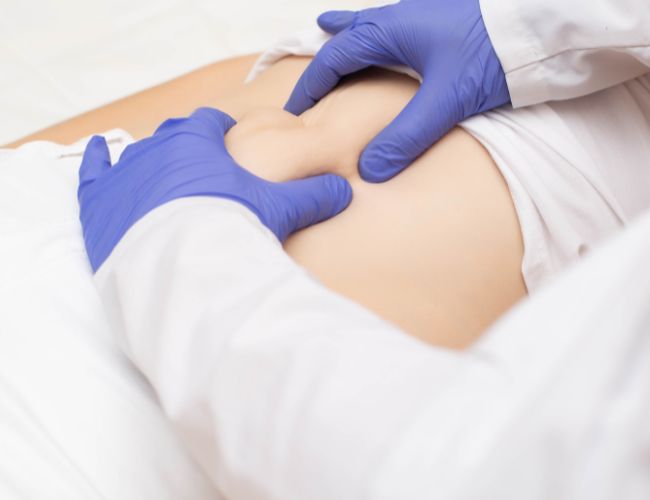- Mon - Sat 08:00 AM - 08:00 PM
- Call Us: +91 77603 00622
- himasglobalhopital@gmail.com

A hernia is a bulge that forms when organs push through an opening in nearby muscle walls. Most hernias form in your abdominal wall or area of groin.
Over time, hernias can grow and become very painful and may feel discomfort or more pain with physical activity, or when you cough, sneeze, or stand up.
If your hernia becomes painful or disturbs your daily living, your provider may advise surgery. Hernia surgery pushes the organ or tissue back where it belongs and repairs the opening in your muscle wall.
Some signs or symptoms that you need emergency hernia surgery include:To start the surgery, you'll receive some sedation form, so you don't feel any pain.
To repair your hernia, your surgeon will:Open and minimally invasive hernia surgery are two methods of hernia repair.
At HIMAS hospital, we use advanced techniques, so patient feel better faster and have less pain after the procedure.